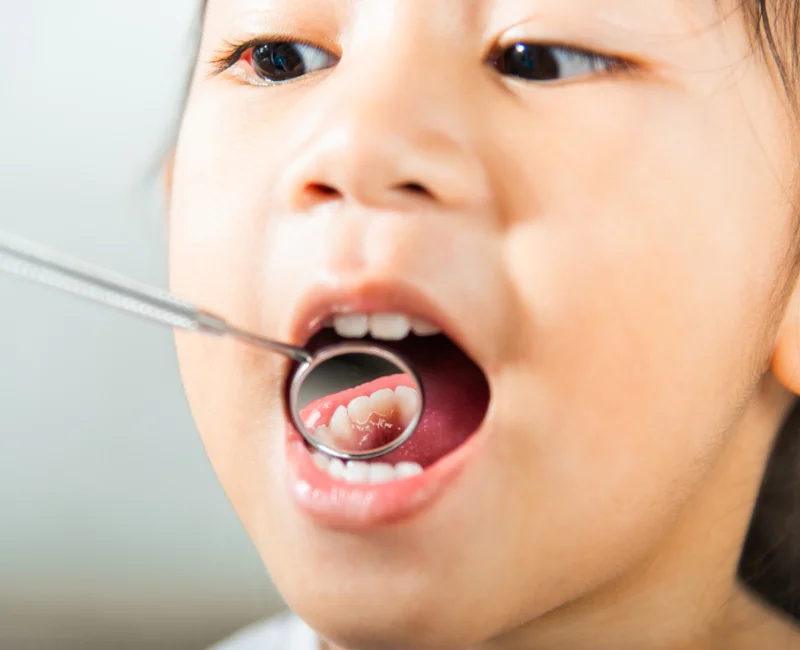
- Prevents Further Damage: Early detection allows for timely treatment, stopping the decay from worsening and causing more extensive damage to the tooth.
- Saves Money: Addressing cavities early can be less costly compared to treating advanced decay or severe dental issues later on.
- Preserves Tooth Structure: Treating cavities early helps maintain more of the natural tooth structure, potentially avoiding more invasive procedures.
- Reduces Pain: Early intervention can prevent or lessen the pain and discomfort associated with more severe cavities.
- Enhances Oral Health: Catching cavities early supports overall oral health and helps prevent complications.
- Offers More Treatment Options: Early detection increases the range of available treatments and improves the likelihood of a successful outcome.
While they may look opaque at a glance, your teeth are actually made from semi-translucent materials. The hard, shiny outside layer is called enamel & the softer, yellower inside material is called dentin. Both materials allow some light to pass through them, though dentin is a bit more opaque than enamel. Cavities start on the enamel & can eventually eat through it & the dentin beneath, exposing your tooth root to decay. Early cavity detection is all about preventing this.
When we shine a low-powered laser light at your teeth, damaged parts of your enamel (i.e. cavities) will illuminate differently. Technology built into the tool measures the fluorescence of your tooth–in other words, how much light it reflects or absorbs. As the laser tool is moved along the grooves of your teeth, a computer program creates a readout that lets the dentist know when there’s a significant change in fluorescence that may indicate the presence of decay. The dentist can then take a closer look at that area & decide on a plan for treatment.
to schedule an initial consultation & exam.
Your consultation will include an examination of everything from your teeth, gums and soft tissues to the shape and condition of your bite. Generally, we want to see how your whole mouth looks and functions. Before we plan your treatment we want to know everything about the health and aesthetic of your smile, and, most importantly, what you want to achieve so we can help you get there.
